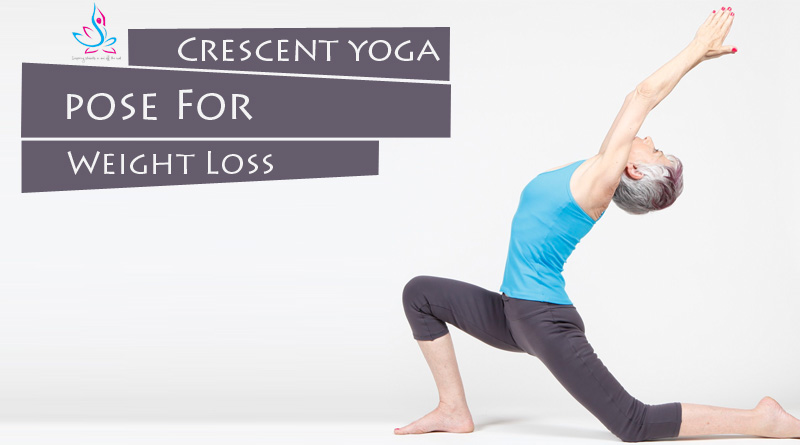Crescent Lunge — Anjaneyasana (AHN-jah-nay-AHS-uh-nuh) — is a dynamic standing yoga pose that utilizes and integrates the muscles in your entire body. It stretches and strengthens the lower and upper body, while creating stability and balance. Its name comes from the Sanskrit words “anjaneya” (meaning “praise” or “salutation”) and “asana” (meaning “pose”). Because of this, it is sometimes referred to as “Salutation Pose,” and it is performed many times during Sun Salutation C.
Benefits of Crescent Lunge
Crescent Lunge stretches the legs, groin, and hip flexors, while also opening the front torso, chest, and shoulders. It strengthens and tones the thighs, hips, and butt, while the balancing aspect helps to develop flexible stability. Considered a balance pose, backbend, and heart opener, Crescent Lunge helps the front of the body to expand, which increases energy and reduces fatigue.
Cautions
Do not practice Crescent Lunge if you are currently experiencing high blood pressure or heart problems. Also, avoid this pose if you have a knee or spinal injury. Always work within your own range of limits and abilities. If you have any medical concerns, talk with your doctor before practicing yoga.
Instructions
- Begin in Downward-Facing Dog ( Adho Mukha Svanasana). With an exhalation, step your right foot forward between your hands.
- Bend your front knee to 90 degrees, aligning your knee directly over the heel of your front foot. Your feet should be hip-width apart with both feet facing forward, and your front shin should be perpendicular to the floor.
- Come on to the ball of your back foot, lifting your heel and drawing it forward so it aligns directly over your back toes.
- Lift your back leg strongly, drawing your knee and quadriceps up toward the ceiling. Straighten your back leg completely.
- With your back leg strong and active, gently draw your left hip forward as you press your right hip back, squaring your hips so they are parallel to the top edge of your mat.
- If it is too difficult to keep your back leg raised while keeping your toes on the mat, lower your knee to the floor and slide your leg back a few inches. Un-tuck your back toes and rest the top of your back foot on the floor.
- Inhale as you raise your torso to an upright position. Sweep your arms overhead. Draw your tailbone toward the floor. Spin your pinky fingers toward each other, opening your arms so your palms face each other. Gently tilt your head and gaze up at a space between your thumbs.
- Make sure your front shin stays vertical. Widen your stance as needed to make sure that your knee does not move forward past your ankle.
- Tuck your tailbone under and engage the muscles of your abdomen to help stabilize your core.
- Extend up through the crown of your head, lengthening your upper body. Draw your shoulder blades firmly into your upper back.
- Draw your lower front ribs in and down toward your belly — do not let them poke forward.
- Hold for up to one minute. Release your hands back to the mat and step back into Downward Dog. Repeat on the other side.




